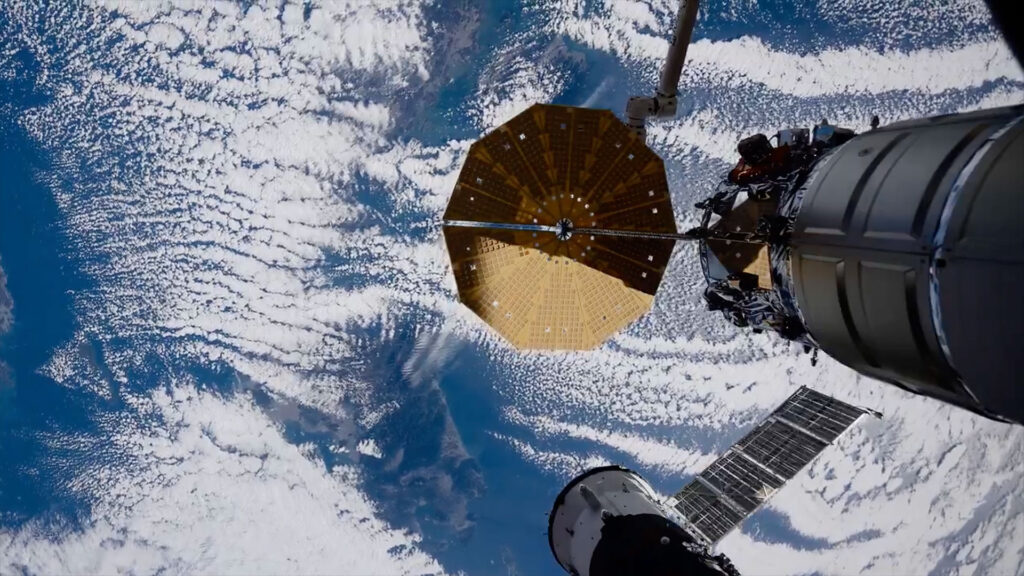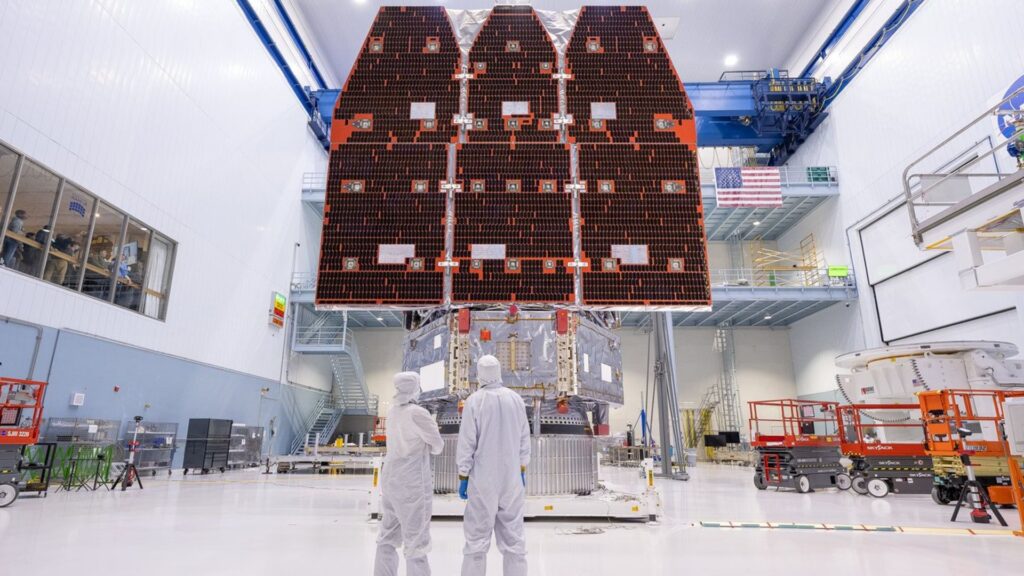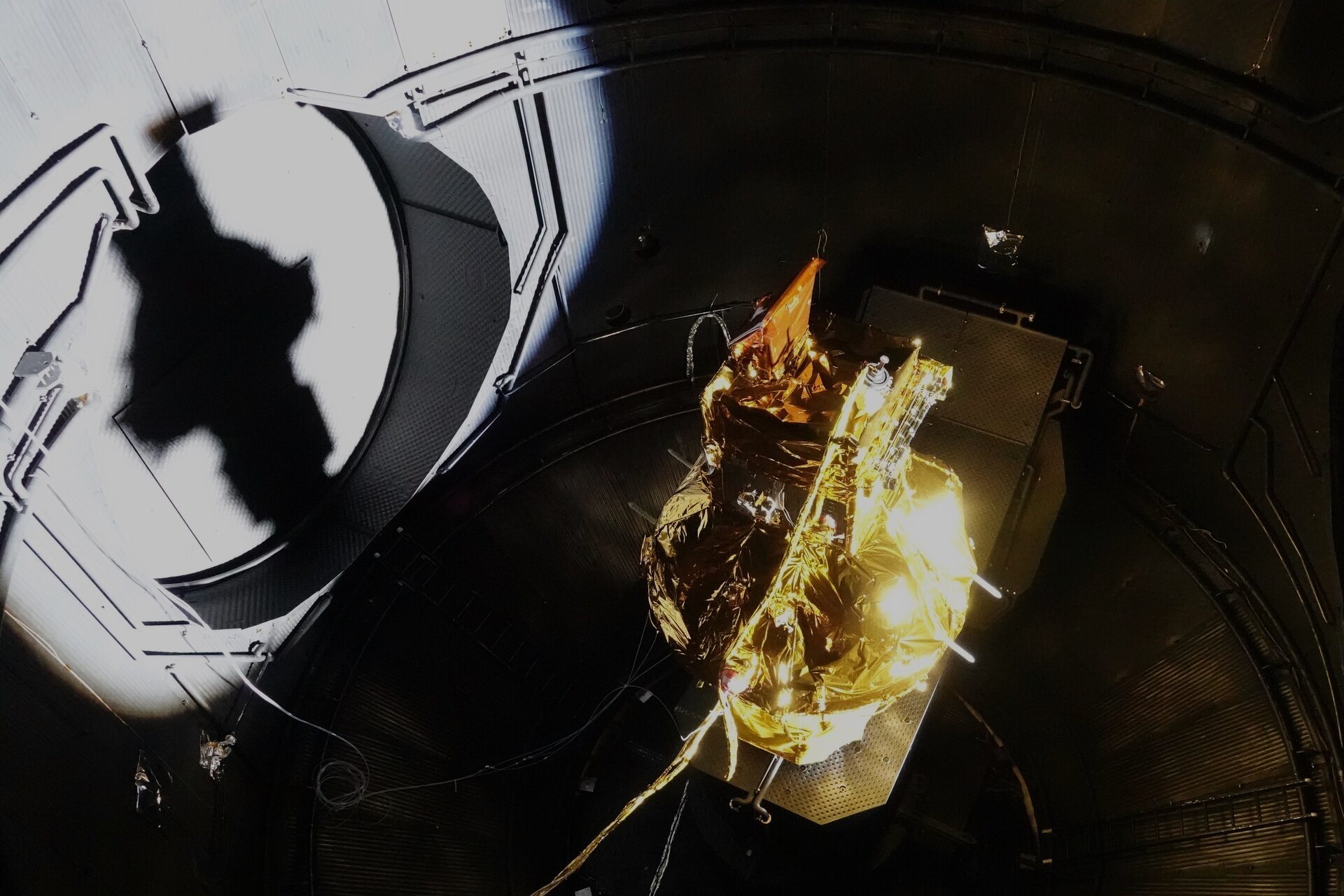Now Reading: Trump’s ‘Big Beautiful Bill’ pushes for crewed moon missions, but proposed budget cuts leave NASA science behind
-
01
Trump’s ‘Big Beautiful Bill’ pushes for crewed moon missions, but proposed budget cuts leave NASA science behind
Trump’s ‘Big Beautiful Bill’ pushes for crewed moon missions, but proposed budget cuts leave NASA science behind


The recent United States government’s “One Big Beautiful Bill Act” that was recently signed into law has good news for the future of crewed spaceflight — but at the same time, Trump’s proposed budget for the upcoming fiscal year nearly annihilates NASA science missions.
Let’s take a closer look at the positives first. The bill contains special provisions for NASA’s Artemis moon program, which seeks to return astronauts to the surface of the moon. Artemis 1, an uncrewed mission that took a jaunt around the moon, has already flown — as things stand, Artemis 2 is scheduled for launch in the first half of 2026 and will send astronauts on a flyby mission around the moon. Artemis 3 is planned to be the first lunar landing since Apollo 17 in 1972.
However, beyond these three missions, the new bill makes $4.1 billion available for two new lunar landings, Artemis 4 and Artemis 5, splitting that money into just over a billion dollars that can be spent each year for 2026, 2027, 2028 and 2029. There is also another $20 million set aside for the procurement of the Orion space capsule from Lockheed Martin.
Then, there’s $2.6 billion allotted for development of the Lunar Gateway station, a proposed outpost that would be set up in orbit around the moon and act as a way-station for missions in the Earth–moon system and beyond. In March, the current administration proposed cutting Artemis and Gateway from its Financial Year (FY) 2026 budget, effectively cancelling the Artemis program after Artemis 3 and relying on private companies to take humans back to the moon. The addition of funding for both in the One Big Beautiful Bill Act is therefore something of a turnaround, an amendment to the Act initiated by Republican senator Ted Cruz of Texas.
There will also be $1.25 billion, split into $250 million each year for the years 2025–2029, dedicated to keeping the International Space Station running ahead of its retirement in the early 2030s. The Act also calls for $700 million to fund a high-performance Mars Telecommunications Orbiter, to be procured from a U.S. commercial provider no later than December 31, 2028 which the Act specifies as being “capable of providing robust, continuous communications for a Mars sample-return mission … [and] future Mars surface, orbital, and human exploration mission.”
These plans, however, appear to be at odds with the administration’s proposed FY 2026 budget, which seeks to gut NASA’s science missions, including the Mars sample-return mission.
The FY 2026 budget proposes to cut NASA’s overall funding by 24%, from $24.8 billion to $18.8 billion, but the cuts would not be spread evenly across the agency. The Science Mission Directorate would take one of the hardest hits, with its funding slashed by 47%. As a result, around half of NASA’s science missions either in development or in operation would be cancelled. Among the threatened missions are the Juno mission presently at Jupiter, New Horizons that’s on its way out of the solar system, the two proposed Venus missions DAVINCI and VERITAS and Mars Sample Return, for which samples are already waiting to be picked up from the surface of the Red Planet thanks to the Perseverance rover.
In response, a joint statement has been issued by all the surviving former heads of NASA’s Science Mission Directorate — Alphonso Diaz, John Grunsfeld, Lennard Fisk, Wesley Huntress, Alan Stern, Edward Weiler and Thomas Zurbuchen — requesting that the government rethink the proposed cuts.
In their statement, they highlight NASA’s science achievements, from the Mars rovers to the James Webb Space Telescope (neither of which are currently under threat, though the JWST could indirectly experience some major effects), and their concern that the budget cuts could see the United States hand its leadership in space science over to China.
They write that the proposed budget “walks away from dozens of current, extraordinarily successful and productive science missions in extended operations on a combined budget that is only about three per cent of NASA’s annual funding.”
The threat isn’t just to NASA-led missions. The financial budget also calls for the cancellation of NASA contributions to missions by other space agency’s, such as an astrobiology instrument and the launch vehicle for the European Space Agency’s Rosalind Franklin Mars rover.
Related Stories:
“The proposed cuts would force the U.S. to abandon its international partners who historically contribute significantly to U.S. space science missions,” the former heads write.
Meanwhile, the government is continuing with plans to axe these missions even ahead of the FY 2026 bill being signed into law. According to Ars Technica, scientists on dozens of missions have been asked by NASA leadership to provide a “close-out” plan ahead of cancellation, with the assumption that this will happen on Oct. 1, which is the beginning of the next fiscal year in the U.S.
All in all, for now, it seems that crewed spaceflight is the winner, while the consequences for NASA’s science missions remain muddled and potentially catastrophic.
The full text of the Act can be read on the U.S. Senate website.
Stay Informed With the Latest & Most Important News
Previous Post
Next Post
Previous Post
Next Post
-
 012024 in Review: Highlights from NASA in Silicon Valley
012024 in Review: Highlights from NASA in Silicon Valley -
 02Panasonic Leica Summilux DG 15mm f/1.7 ASPH review
02Panasonic Leica Summilux DG 15mm f/1.7 ASPH review -
 03How New NASA, India Earth Satellite NISAR Will See Earth
03How New NASA, India Earth Satellite NISAR Will See Earth -
 04And Thus Begins A New Year For Life On Earth
04And Thus Begins A New Year For Life On Earth -
 05Astronomy Activation Ambassadors: A New Era
05Astronomy Activation Ambassadors: A New Era -
06SpaceX launch surge helps set new global launch record in 2024
-
 07From Polymerization-Enabled Folding and Assembly to Chemical Evolution: Key Processes for Emergence of Functional Polymers in the Origin of Life
07From Polymerization-Enabled Folding and Assembly to Chemical Evolution: Key Processes for Emergence of Functional Polymers in the Origin of Life



















